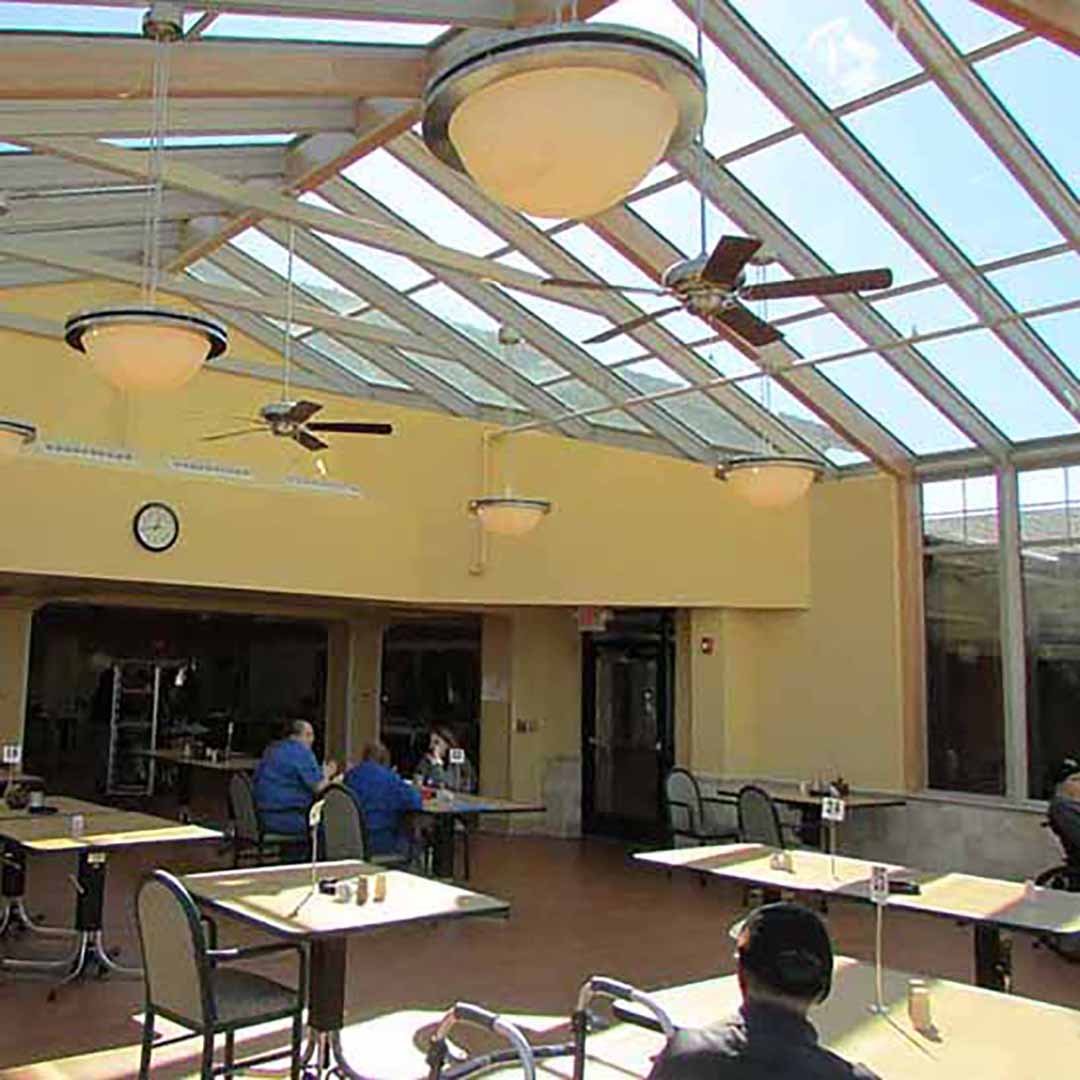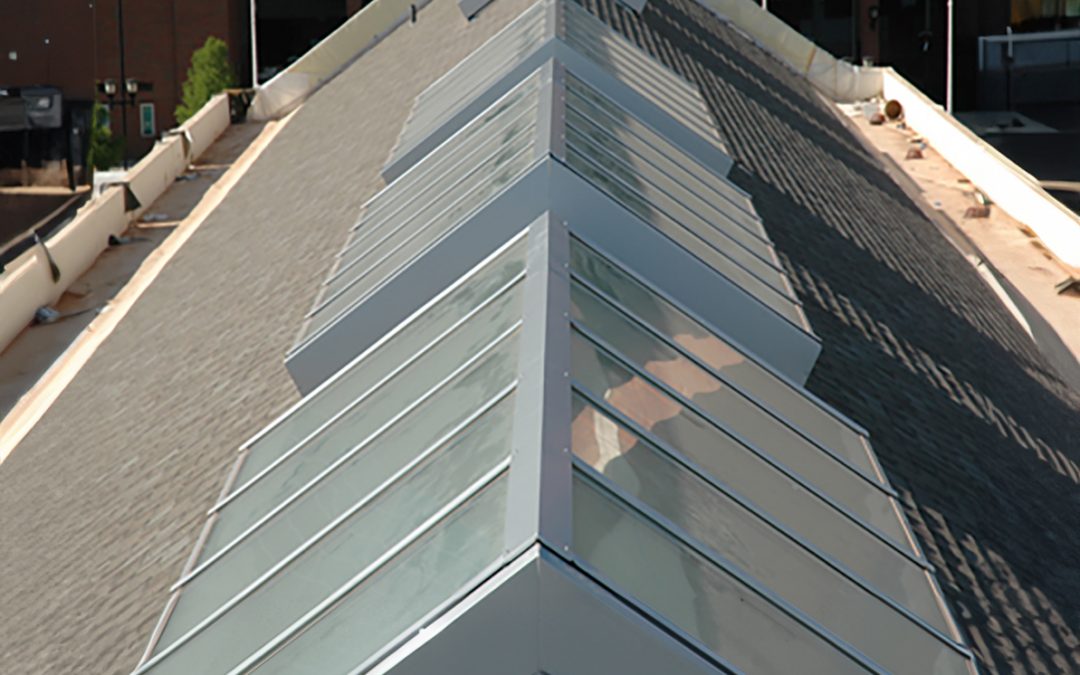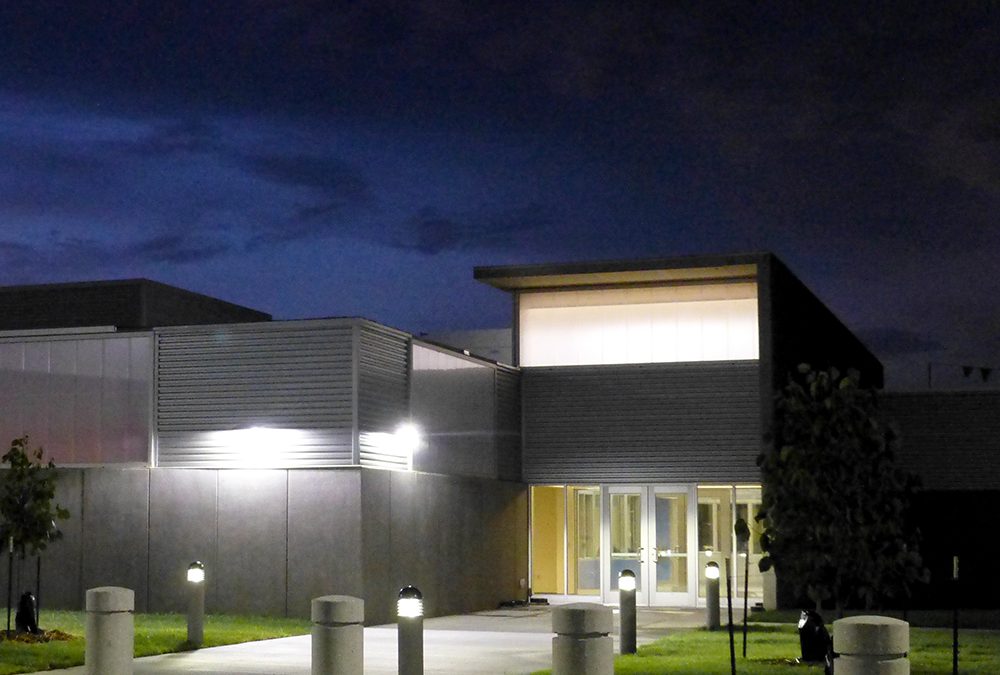Sunshine for Healthy Golden Years

For people who are restricted to being indoors for health or safety reasons, the only way to get sunlight is by visiting a solarium.
Between 2012 and 2050 the United States will experience an overwhelming growth in its aging population. Currently, there are just over 44 million citizens over the age of 65 (US Census), by 2050 that number will nearly double to almost 84 million. The Boomers are all grown up, and many are planning the move to assisted living or full-time nursing homes. The need for more “retirement” homes is increasing and construction in this area is already seeing an upward trend.
When planning homes for aging citizens, the design trends include creating a more hospitality-type environment with access to modern technology and top-notch cuisine. The architecture of the new facilities is upbeat and includes plenty of access to gardens, walking paths, and more. But what if going outside is not an option? Adding a solarium, conservatory or greenhouse is the answer.
While not always the first thought when it comes to the architecture of a new senior living facility, adding a sunny room is essential for all aging citizens. Getting sunshine daily during the golden years is highly recommended.
Here’s why:
Sunlight helps the body produce vitamin D, which helps with the absorption of calcium. This is necessary for several reasons including:
- Helping retain bone tissue which aids in reducing bone pain, muscle weakness, and possible skeletal deformity
- Regulation of cell growth which helps fight infections and illness
- Transmission of messages through the nervous system (curbing depression)
Usually, people are regularly exposed to the sun, especially during the Spring and Summer. But in the Winter it’s more difficult. Aging citizens are at risk of:
- Decreased intake of vitamin D through diet
- Impaired intestinal absorption
- Reduced skin thickness
- And overall less exposure to sunlight
A six-year study from the Netherlands found that seniors between the ages of 65 and 88 with a vitamin D deficiency are nearly twice as likely to have a physical limitation. Since 70% of citizens in this age group are already suffering from some physical limitations, this is an additional burden that can easily be avoided.
Seniors who get about 20 minutes a day of sunlight (boosting vitamin D absorption) are able to:
- Prevent falls and fractures
- Lower risk for osteoporosis and other bone disorder
- Maintain their physical mobility and independence
- Decrease risks for cardiovascular problems, diabetes, and some cancers
For people who are restricted to being indoors for health or safety reasons, the only way to get sunlight is by visiting a solarium. And while exposure to the sun is still considered a health risk in large doses, seniors may actually be able to reduce their risk for certain cancers by getting enough sunlight. Sunshine also helps reduce feelings of depression and isolation, while providing a bit of energy.
At Crystal Structures, we’ve seen an increase in the inclusion of sunrooms, solariums, conservatories, and even greenhouses when designing senior living facilities. The long-term effects of these additions have yet to be studied but the short-term feedback is that residents enjoy the opportunity to bask in the sunlight if even for a short time, each day. It’s a space in the facility that is used often and appreciated by all.
Take a look at these examples, and contact us for additional information.
.
More From This Category

The 4 Types of Ridge Skylights
Four types of ridge skylightsRidge skylights combine aesthetic appeal with functional...

Why Businesses Are Choosing Reglazing for Skylights and Glazed Structures
Rather than entirely replacing skylights or glazed structures, reglazing just the IGUs provides...

Polycarbonate clerestories are shedding new light on energy-efficient daylighting.
Polycarbonate provides translucent brilliance in filtering natural lightA clerestory is an...

